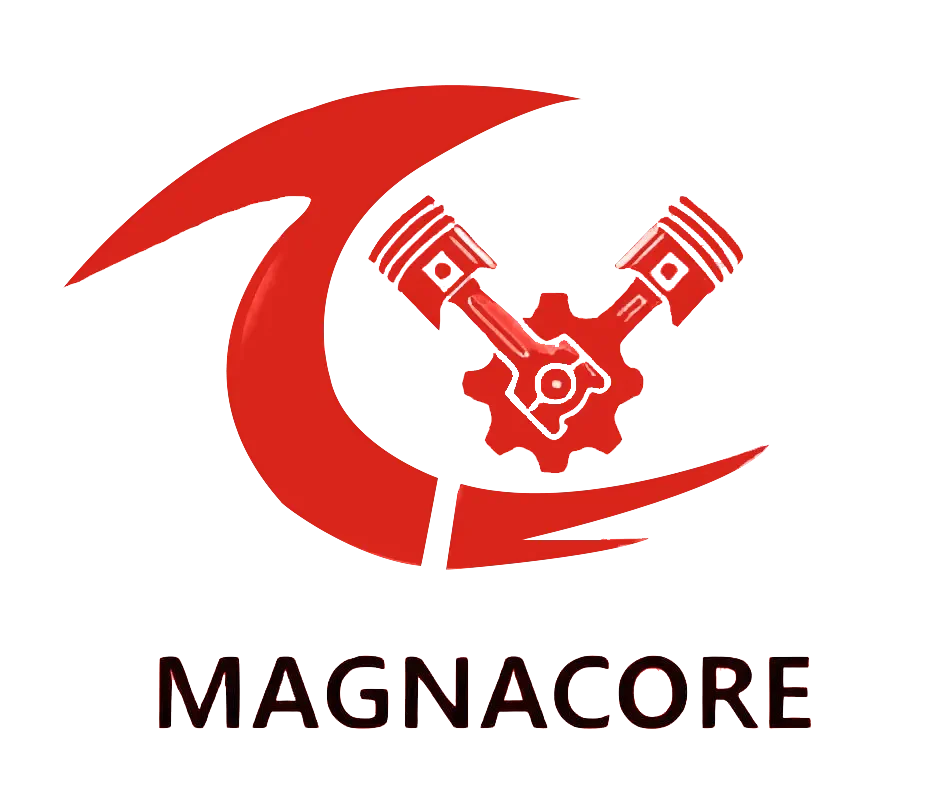When selecting high-performance motors for industrial applications, efficiency is often the deciding factor.
Two leading technologies—Rare Earth Permanent Magnet Synchronous (PMS) motors and Switched Reluctance (SR) motors—dominate the efficiency conversation.
This guide compares their real-world performance to help you make the optimal choice for your operation.
How Do These Motor Technologies Fundamentally Differ?
Rare Earth PMS Motor Operation
Rare Earth PMS motors utilize permanent magnets to create a constant magnetic field, which is fundamental to their operation.
This design eliminates rotor energy losses commonly found in other motor types, as the magnetic field remains stable and does not require additional energy to maintain.
The result is enhanced efficiency and precise speed control, allowing these motors to operate effectively across a range of applications.
Their ability to deliver consistent performance contributes to their popularity in settings where reliability and efficiency are paramount.
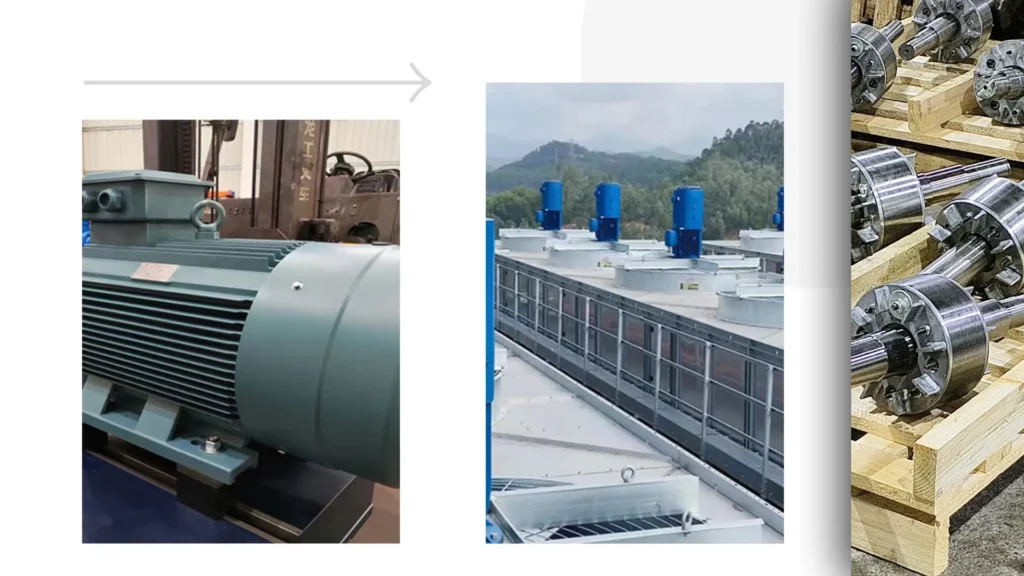
Switched Reluctance Motor Basics
In contrast, Switched Reluctance (SR) motors operate based on the principle of magnetic reluctance. Instead of relying on permanent magnets, SR motors use strategically timed current pulses to create a rotating magnetic field.
This method allows the rotor to align with the magnetic field, producing motion. The absence of permanent magnets can lead to lower manufacturing costs, but it also introduces challenges such as higher torque ripple and noise.
Understanding this fundamental difference is crucial for selecting the right motor for specific applications.
Core Design Distinctions
The core design of these motors further highlights their operational differences. PMS motors are designed for smooth, continuous rotation thanks to the magnetic attraction provided by their permanent magnets.
This design feature enables them to operate more quietly and with less vibration. On the other hand, SR motors function through discrete “steps” of magnetic alignment, which can result in a more jerky motion.
This stepping action can be less desirable in applications requiring smooth operation, making it essential to consider these design distinctions when evaluating motor performance.
And More:
- Understanding Permanent Magnet Motors: Applications of AC and DC
- A Comparison of Permanent Magnet AC and DC Motors
Which Motor Delivers Better Peak Efficiency?
Typical Efficiency Ranges
When it comes to peak efficiency, Rare Earth PMS motors typically outperform their SR counterparts.
Premium PMS motors often achieve efficiencies in the range of 94-97%, making them highly effective for energy-intensive applications.
In comparison, quality SR motors generally reach efficiencies of 90-94%.
While both motor types are relatively efficient, the higher peak efficiency of PMS motors makes them a more attractive option for businesses focused on maximizing energy savings.
Efficiency at Partial Loads
Efficiency at partial loads is another crucial factor in motor performance. Rare Earth PMS motors maintain efficiencies greater than 90% even at loads as low as 25%.
This characteristic is particularly beneficial in applications where load conditions frequently fluctuate.
The ability of PMS motors to sustain high efficiency under varying conditions is a key advantage for many industrial applications.
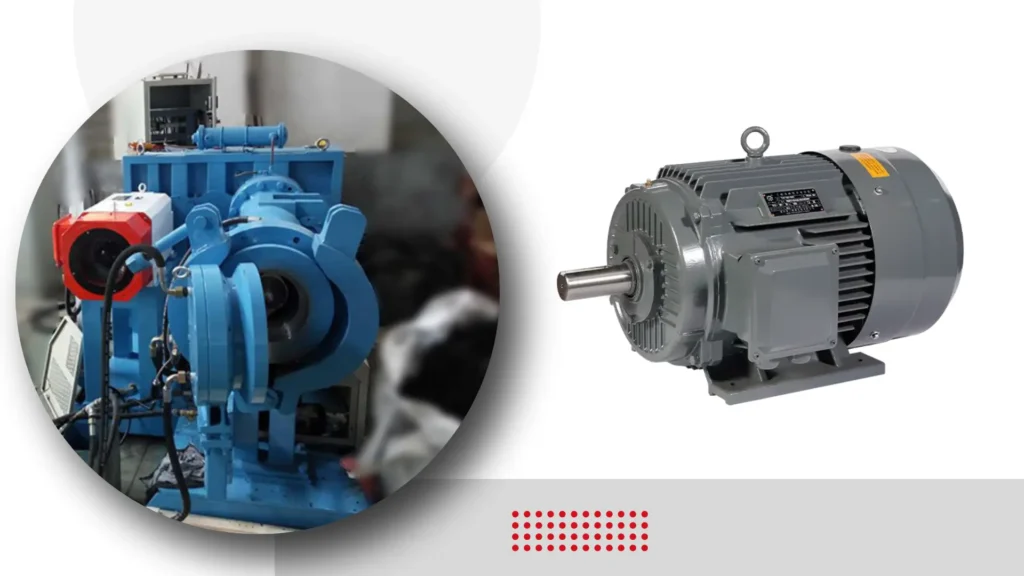
Real-World Energy Savings
The real-world energy savings associated with these motor types further accentuates the benefits of Rare Earth PMS motors.
These savings can have a substantial impact on the overall operational budget, making PMS motors not only a more efficient choice but also a financially prudent one.
When considering long-term costs, the investment in a PMS motor can yield significant returns through lower energy expenses.
How Do They Compare in Variable Speed Applications?
Speed Control Precision
When it comes to variable speed applications, Rare Earth Permanent Magnet Synchronous (PMS) motors excel in speed control precision.
PMS motors are capable of maintaining speed regulation within ±0.1%, allowing for highly accurate performance in applications that require consistent speeds.
This level of precision is critical in industries such as robotics and conveyor systems, where even slight deviations can lead to operational inefficiencies. In contrast,
Switched Reluctance (SR) motors typically have a speed control precision of ±1-2%, which may suffice for less demanding applications but can be inadequate for high-performance requirements.
The superior precision of PMS motors makes them the preferred choice for applications that demand tight speed tolerances.
Torque Characteristics
PMS motors provide smooth torque delivery across their entire speed range, which is essential for applications where consistent performance is required.
This characteristic allows for seamless operation and enhances overall system stability. In contrast, SR motors tend to exhibit torque ripple, resulting in fluctuations in torque output as they operate.
This ripple can lead to vibrations and inconsistencies, negatively affecting performance in applications that require steady torque.
Dynamic Response Times
Dynamic response times are another critical aspect where PMS motors have a distinct advantage.
They can accelerate and decelerate 20-30% faster than SR motors due to their ability to generate an instant magnetic field.
This rapid response is particularly beneficial in applications requiring quick starts and stops, such as in automated manufacturing processes or high-speed machinery.
The enhanced dynamic response of PMS motors not only improves operational efficiency but also allows for greater flexibility in handling varying load conditions, making them ideal for a wide range of industrial applications.
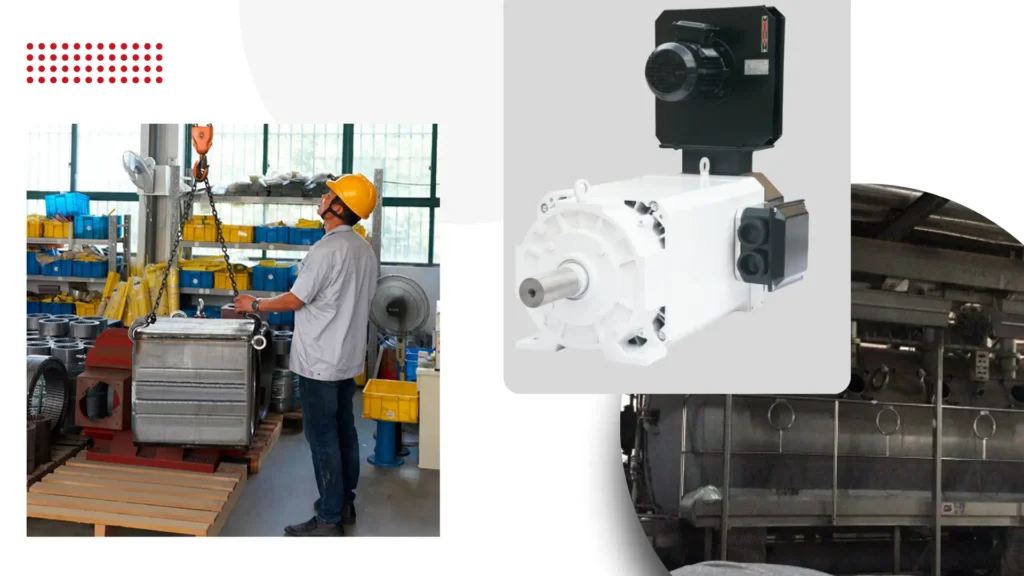
What About Maintenance Requirements?
Wear Components
When comparing maintenance requirements, it is essential to consider the wear components of each motor type.
Switched Reluctance (SR) motors feature simpler rotor designs, which can reduce some mechanical complexities.
However, their stators are subjected to pulsed stresses, which can lead to wear over time. In contrast, Rare Earth PMS motors have no rotor windings that can fail, which can reduce maintenance needs and enhance reliability.
The absence of windings in the rotor means fewer potential points of failure, leading to a longer lifespan and lower maintenance costs for PMS motors.
Bearing Considerations
Both PMS and SR motors utilize similar bearing systems, resulting in comparable maintenance needs.
Regular maintenance of bearings, including lubrication and inspection, is critical for both motor types to ensure optimal performance and longevity.
While the bearing systems may be similar, the overall maintenance frequency may still vary based on operational conditions and environmental factors.
Understanding these maintenance considerations is essential for ensuring the reliability of both motor types in industrial applications.
Cooling System Demands
Cooling system demands also differ between the two motor technologies. PMS motors typically run cooler at peak efficiency, which can decrease the need for aggressive cooling solutions.
This characteristic not only contributes to energy savings but also reduces the complexity and cost associated with cooling systems.
The reduced cooling demands of PMS motors can simplify the overall system design and lower maintenance requirements, making them a more efficient option in many applications.
Also Read:
- Advanced Features of High-Performance Permanent Magnet Motors from China
- Benefits of Permanent Magnet Motors
Which Handles Harsh Environments Better?
Temperature Tolerance
When it comes to handling extreme temperatures, Switched Reluctance (SR) motors have a distinct advantage.
They are less susceptible to issues related to temperature fluctuations, particularly because they do not rely on permanent magnets, which can risk demagnetization in high heat.
This characteristic makes SR motors suitable for applications in environments where temperatures can soar, such as in steel mills or foundries.
Their robust design allows them to operate effectively without the concern of losing magnetic strength, ensuring reliable performance even in harsh conditions.
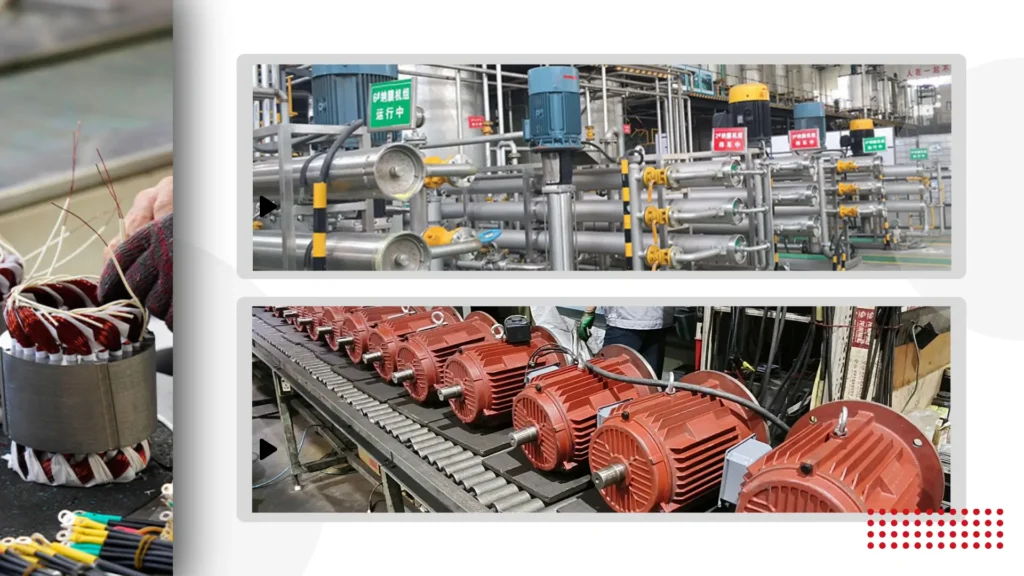
Contamination Resistance
In terms of contamination resistance, SR motors generally outperform Rare Earth Permanent Magnet Synchronous (PMS) motors.
The construction of SR motors features a robust rotor design that offers enhanced tolerance to dust and moisture.
The ability of SR motors to withstand these challenging conditions reduces the risk of operational failures and extends their lifespan, making them a reliable choice for industries where contamination is a significant concern.
Vibration Resistance
While SR motors excel in certain harsh environments, PMS motors typically show better resistance to vibration.
The solid rotor construction of PMS motors allows them to absorb shock and reduce the effects of vibrations more effectively than SR motors.
This characteristic is crucial in applications such as automotive manufacturing or heavy machinery, where vibrations are commonplace.
What Are the Cost Differences?
Initial Purchase Price
One of the most significant cost differences between the two motor types is the initial purchase price.
Switched Reluctance (SR) motors are typically 15-30% cheaper upfront compared to Rare Earth Permanent Magnet Synchronous (PMS) motors.
For businesses operating on tight budgets or looking to minimize initial expenditures, the lower upfront cost of SR motors can be an appealing option.
Lifetime Operating Costs
While SR motors may be less expensive initially, Rare Earth PMS motors often prove to be more cost-effective over time, particularly over a span of five years or more.
The energy efficiency of PMS motors translates to lower operating costs, leading to significant savings on electricity bills.
In environments where motors run continuously or at high loads, the energy savings can offset the higher initial investment, making PMS motors a more economical choice in the long run for many applications.

Repair/Overhaul Expenses
Repair and overhaul expenses also differ between the two motor types. SR motors usually cost less to repair due to their simpler design and fewer components that can fail.
This potential for high repair costs should be considered when evaluating the total cost of ownership for each motor type.
Understanding these differences can help businesses make informed decisions based on their operational needs and financial considerations.
Also Read:
How Do They Compare for Regenerative Braking?
Energy Recovery Efficiency
When it comes to regenerative braking, Rare Earth Permanent Magnet Synchronous (PMS) motors demonstrate superior energy recovery efficiency.
They can recover 5-10% more braking energy compared to Switched Reluctance (SR) motors.
This higher efficiency is largely due to the precise control that PMS motors offer, allowing for more effective conversion of kinetic energy back into usable electrical energy during braking.
Braking Smoothness
In terms of braking smoothness, PMS motors provide a more gradual deceleration compared to SR motors.
The smooth response of PMS motors during braking is beneficial in applications where precision and comfort are paramount, such as in elevators or high-speed trains.
This difference can impact user experience and operational safety, making PMS motors the preferred choice in scenarios where smooth and controlled braking is essential.
Implementation Complexity
Both PMS and SR motors require sophisticated controllers to implement effective regenerative braking.
The complexity of these control systems involves advanced algorithms that manage the energy recovery process and optimize performance during braking.
While both technologies share this requirement, the specific implementation may vary based on the motor type and application.
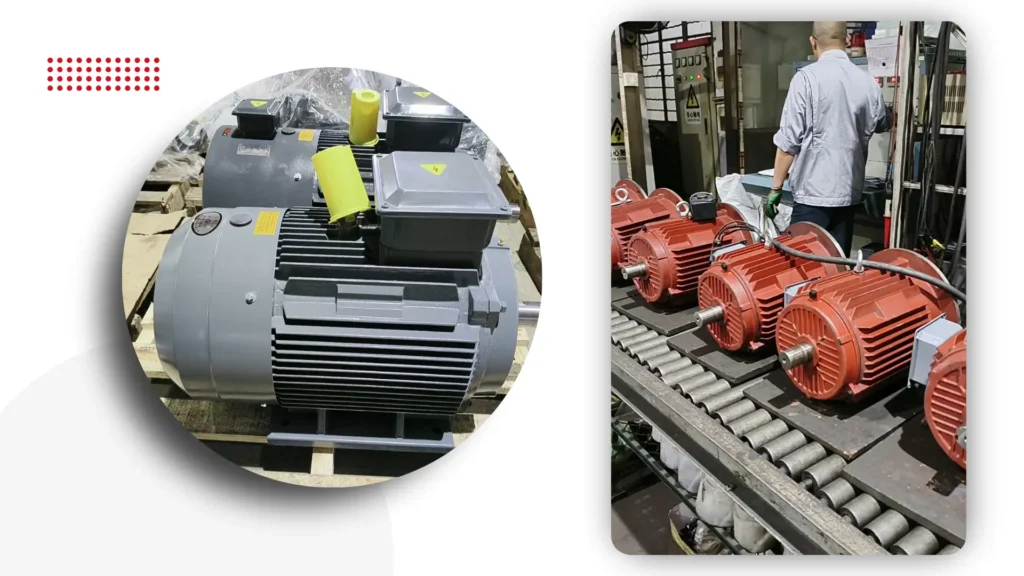
Which Technology is More Future-Proof?
Material Supply Considerations
From a future-proofing perspective, Switched Reluctance (SR) motors have an advantage due to their avoidance of rare earth materials.
The supply chain uncertainties associated with rare earth elements can pose risks for PMS motors, particularly as global demand fluctuates and geopolitical factors come into play.
By relying on more readily available materials, SR motors present a more stable option for manufacturers concerned about future material availability and pricing.
Technology Development Trajectories
Both motor technologies are experiencing steady improvements, but they are advancing along different trajectories.
Rare Earth PMS motors are gaining traction in high-end applications where precision and efficiency are paramount, benefiting from ongoing research and development efforts.
Meanwhile, SR motors are evolving to address performance gaps, particularly in rugged environments and cost-sensitive applications.
Industry Adoption Trends
In terms of industry adoption trends, PMS motors currently dominate precision applications, such as robotics, CNC machinery, and electric vehicles.
Their ability to deliver high performance and efficiency makes them highly sought after in these domains.
Understanding these trends is crucial for businesses looking to invest in motor technologies that align with their operational needs and future growth strategies.
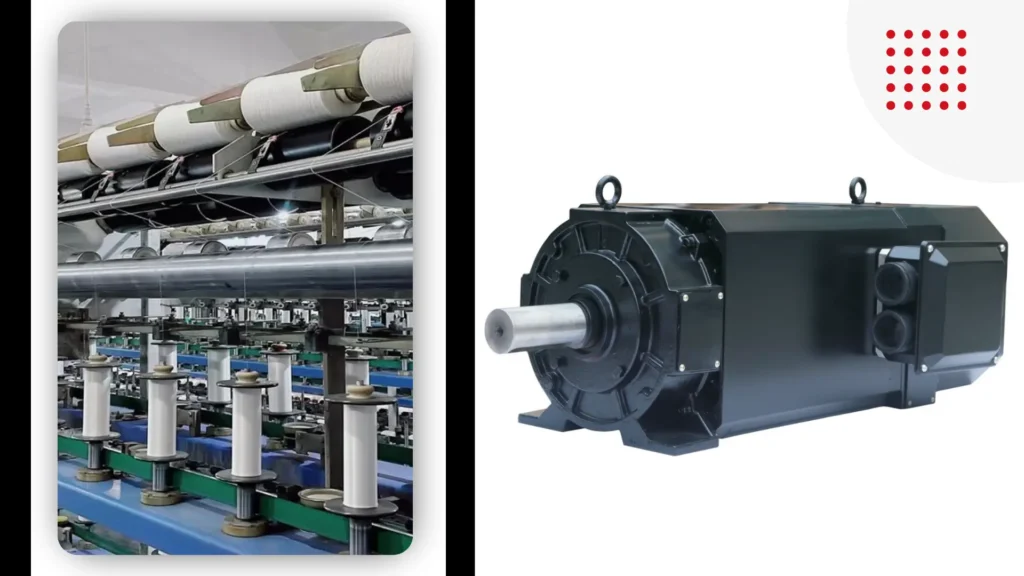
Conclusion
For maximum efficiency in precision, variable-speed applications, Rare Earth PMS motors generally outperform Switched Reluctance alternatives.
Their superior energy recovery, smooth braking, and high efficiency make them ideal for demanding applications.
However, SR motors offer compelling advantages in harsh environments and cost-sensitive installations, making them a viable choice for many industrial settings.
Ultimately, your optimal choice will depend on specific operational priorities, application requirements, and total cost of ownership considerations, ensuring that the selected motor technology aligns with your long-term goals and operational needs.
